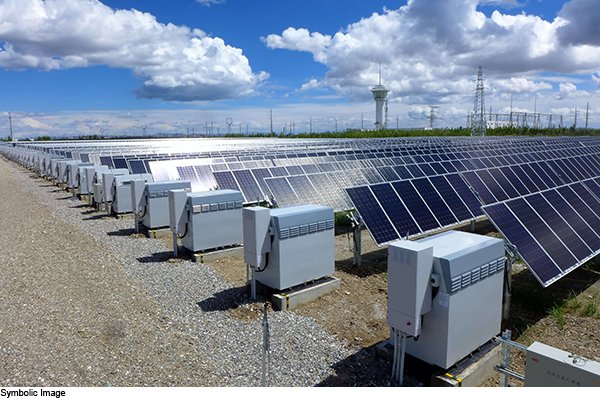
A report published today by Ember, the Center for Research on Energy and Clean Air (CREA) and the Institute for Energy Economics and Financial Analysis (IEEEFA), finds that solar power generation has outpaced fossil fuels in the first half of 2022 in seven Asian countries. Saved US$34 billion in fuel costs.
The analysis shows that in the wake of rising fossil fuel prices, solar energy is already making a significant contribution to meeting electricity demand and enhancing energy security in Asia.
Solar power generation has resulted in potential fossil fuel cost savings of about US$34 billion in total from January to June 2022 in seven major Asian countries – China, India, Japan, South Korea, Vietnam, the Philippines and Thailand. This is equivalent to 9% of the total fossil fuel cost during this period.
The report also analyzed the development of solar energy over the past decade, finding that five of the top ten economies with solar potential are now in Asia, including China, Japan, India, South Korea and Vietnam.
Dr Achmed Shahram Adiyanto, Asia Power Analyst, Amber, said: “Asian countries have done a remarkable job of rapidly increasing solar power generation and have set a valuable example for their peers in the Asian region. Savings of money have started along with the declining prices of solar energy and its storage, and solar dominance in Asia is expected to come much sooner than ever before.”
Savings due to solar generation in 2022
The report found that the largest savings from the total savings of US$34 billion came from China, where solar energy accounted for 5% of the total electricity demand, and from January to June 2022, additional coal and gas imports accounted for almost US$21 billion was reduced.
The second largest impact was seen in Japan, with US$5.6 billion in fuel cost savings due to solar power generation.
Solar power generation in India saved US$4.2 billion in fuel costs in the first half of the year. Solar power also avoided a coal requirement of 19.4 million tonnes, which otherwise would have further impacted the already strained, domestic coal supply.
Vietnam’s solar power saved US$1.7 billion in additional fossil fuel costs. This marks a massive increase: Vietnam’s solar output was close to zero terawatt hours (TWh) in 2018, in 2022, the share of solar power in electricity demand rose to 11% (14 TWh) from January to June.
In Thailand and the Philippines, where the growth of solar energy has been slow, the savings from fuel costs are also significant. In the first six months of 2022, only 2% of Thailand’s electricity came from solar power, saving an estimated US$209 million in potential fossil fuel costs. Despite only 1% of electricity demand coming from solar power, the Philippines made less than US$78 million in fossil fuel spending.
Similarly, solar power in South Korea produced 5% of the country’s electricity in the first half of the year, saving US$1.5 billion by avoiding potential fossil fuel use.
Isabella Suarez, a Southeast Asia analyst at the Center for Research on Energy and Clean Air, said: “Asian countries need to make full use of their vast solar potential to rapidly move away from expensive and highly polluting fossil fuels.
The potential savings from existing solar power generation itself is very encouraging. Energy security in the region requires rapid deployment of wind energy and other clean energy sources, along with solar energy. Having ambitious goals is good, but it is even more important to follow them properly to move forward and We will have to pay attention to this in the times to come.”
More savings potential from solar energy in Asia in the future
Meeting current solar capacity targets in 2030 could save these seven countries at least US$44 billion – nearly US$10 billion more than the first half of this year.
What is clear, however, is that solar power is set to play an important role in Asia’s energy story over the next decade. However, realizing these goals requires grid stability, innovative policy reforms to increase investment and collaboration with the private sector.
As the report noted, key challenges to successful solar expansion in Asia include investment in grid stability and energy market reforms, which will change depending on how attractive solar energy investments are to investors.
However, in the short term, costs such as capital cost, fuel cost as well as operation and maintenance cost will be critical for the rapid growth of solar energy.

